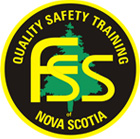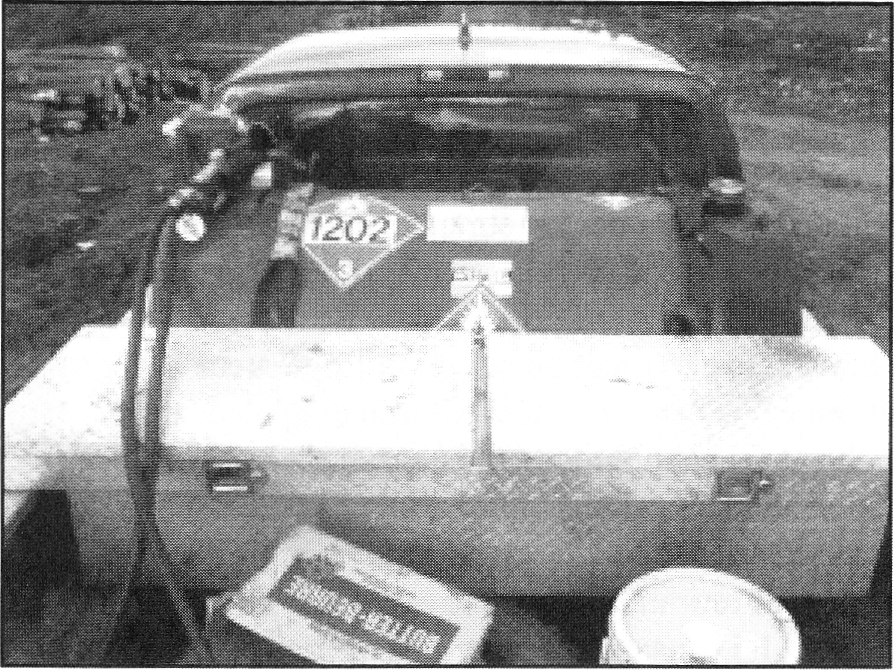Vapour Flash Fire Injures Delimber Operator
Hazard Alert
Diesel Vapour Flash Fire Injures Delimber Operator
A delimber operator was preparing to refuel his Cat225/denis-head delimber. The temperature was cold at minus 15C with little or no wind. The delimber motor was idling and the operator positioned a pickup truck about five feet away. The pickup held a 100-gallon metal slip tank with a 12V electric pump. As the operator completed the fuelling and withdrew the nozzle, an explosion occurred, causing burns to his face and arms. He was hospitalized overnight and released the fol- lowing day.
HOW DID THIS HAPPEN?
The dispensing of fuel causes static electricity to develop within the dispensing hose as well as in the receiving tank. The pickup truck and the delimber were at different electrical potentials, causing an arc to ignite the vapours. This type of incident is rare but the potential is there every time diesel or gasoline is pumped from one vessel to another. It was found that the dispensing hose lacked metal reinforcement bonding and the metal slip tank, although sitting oil the truck’s metal bed, was also not electrically bonded.
Recommendations to Prevent a Recurrence
- All workers must receive training, post-training evaluation and follow-up supervision in all aspects of safety training related to fueling from mobile fueling stations.
- Place warning decals in the fueling area reminding operators of the possible dangers from electrical arc.
- Regulations (GHC Gasoline Handling Code) for fuel storage and handling requires that fuel tanks Mounted in the bed of pickup trucks must be 12 mm above the truck platform with two metal anchor straps with wear bands under each strap across the tank, firmly anchored to the metal bed of the pickup. Regulations also require that the dispensing hose from a mobile fueling tank must be strengthed with internal wire wrap and have metal weaves to conduct static electricity between vessels. (ULC/ORD C 142.13-1997 Mobile Refuelling Tanks”).

